Liposuction of the legs may cause short-term and long-term harm to the body, including infections, uneven skin, fat embolism, etc. Choosing a reputable hospital and experienced doctors can reduce risks, and following medical advice for postoperative care is crucial.

1. Infection is one of the common complications of liposuction surgery. During the surgical process, if disinfection is not thorough or postoperative care is improper, bacteria may invade the wound, leading to local or systemic infections. Mild infection manifests as redness, swelling, and pain, and in severe cases may lead to sepsis. The key to preventing infection lies in strict disinfection before surgery, keeping the wound clean and dry after surgery, and taking antibiotics on time.
2. Uneven skin is another risk of liposuction surgery. Due to uneven thickness of the fat layer, the suction process may result in uneven skin surface. This condition is more pronounced in the early postoperative period and may improve over time, but some patients may require a second surgical repair. Choosing experienced and sophisticated suction techniques can reduce the occurrence of this problem.
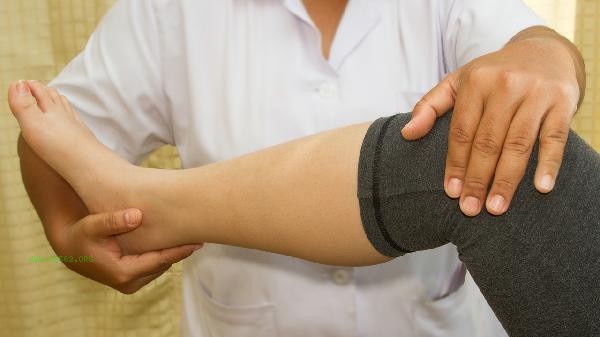
3. Fat embolism is a serious complication of liposuction surgery, although rare, it may be life-threatening. During the surgery, fat particles may enter blood vessels and block the blood supply to the lungs or other important organs. Symptoms include difficulty breathing, chest pain, and blurred consciousness. Once these symptoms appear, seek medical attention immediately. The key to preventing fat embolism is to control the suction volume and avoid excessive operation. Postoperative pain and swelling are common short-term reactions. There may be significant swelling, bruising, and pain at the surgical site, usually lasting for several weeks. The methods to relieve pain and swelling include wearing elastic socks, applying ice, and avoiding strenuous exercise. Doctors will prescribe painkillers according to the situation to help patients get through the recovery period.
5. In the long run, liposuction surgery may affect skin elasticity and fat distribution. Some patients may experience skin laxity and uneven fat redistribution after surgery. In order to maintain the surgical effect, it is necessary to maintain a healthy lifestyle after surgery, including a balanced diet and moderate exercise. If necessary, non-surgical methods such as radiofrequency skin tightening and ultrasound lipolysis can be used as adjuvant therapy. Although liposuction leg surgery can quickly improve body shape, there are also certain risks involved. Choosing a reputable hospital with extensive experience and strict adherence to preoperative and postoperative nursing guidance is the key to reducing complications. Maintaining healthy lifestyle habits after surgery can help maintain long-term surgical outcomes.


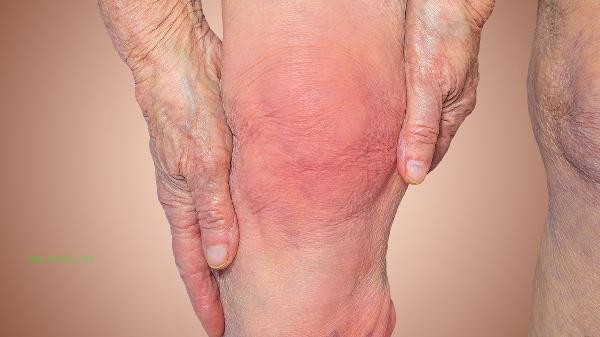
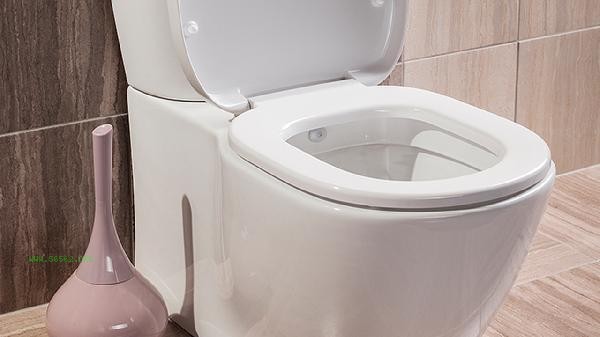
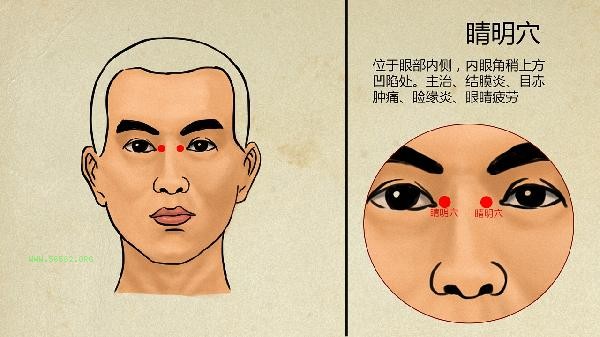

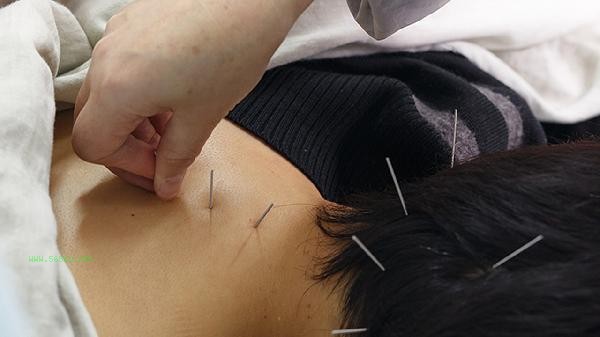


Comments (0)
Leave a Comment
No comments yet
Be the first to share your thoughts!